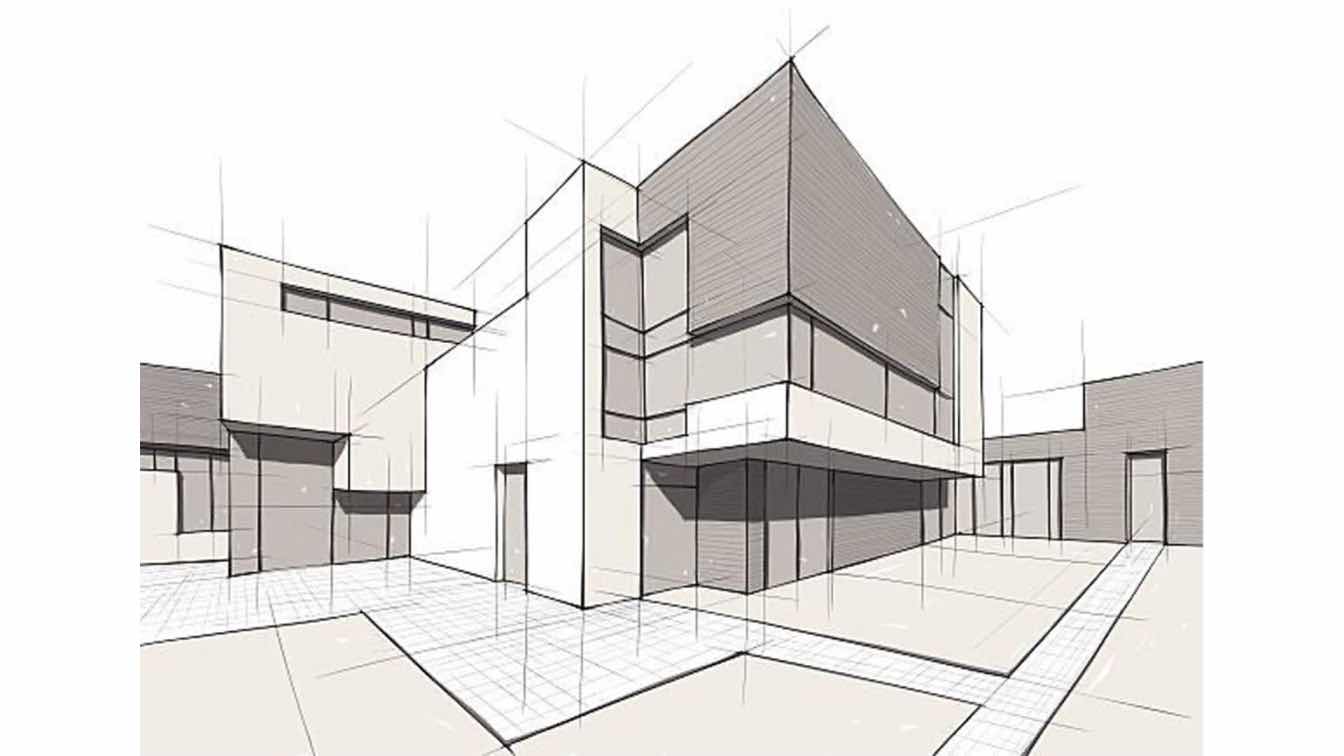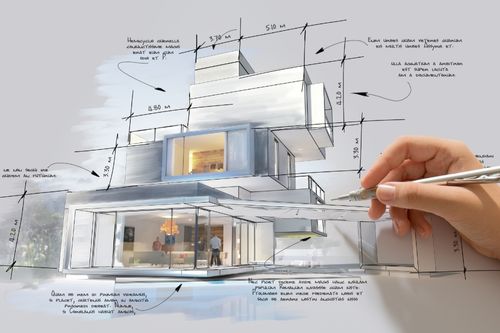Elevate Your Building Design with the Knowledge of CDA Architects
Elevate Your Building Design with the Knowledge of CDA Architects
Blog Article
Understanding the Collaborative Process In Between Engineers and Engineers in Modern Building Projects
The collaborative procedure in between engineers and designers is crucial in modern-day building tasks, as it balances style intent with design feasibility. Discovering these characteristics exposes understandings that might significantly affect job outcomes and total industry standards.
The Importance of Collaboration
The joint synergy between architects and engineers is crucial for the effective awareness of any construction task. This partnership combines unique know-how and point of views, enabling the combination of innovative layout with useful design services. By collaborating, engineers and engineers can make certain that a project not just meets visual and functional needs but additionally complies with safety and security, sustainability, and budgetary restrictions.
Collaboration promotes a common vision, promoting the positioning of goals and expectations from the start. This positioning is essential in resolving prospective challenges and mitigating dangers that can develop during the task lifecycle. A joint technique allows for the effective allocation of sources, maximizing both time and expense.
The importance of partnership encompasses the repetitive process of design and building, where comments from designers can educate building decisions, resulting in more practical and lasting designs. Conversely, architects can influence engineers to believe artistically concerning how to achieve structural stability without endangering artistic intent. Eventually, the collective partnership in between architects and engineers is not just useful; it is fundamental to the development of high-quality, practical, and innovative developed atmospheres that fulfill the demands of society.
Communication Methods and Devices
Reliable communication strategies and devices are important for fostering cooperation between designers and designers throughout the project lifecycle. Developing clear networks of communication is vital to ensure that all employee are lined up with job purposes, timelines, and duties. Routine meetings, both in-person and online, offer opportunities for stakeholders to go over progress, address issues, and make notified choices.

In addition, adopting joint communication devices, such as Slack or Microsoft Teams, permits immediate messaging, documents sharing, and continuous conversations, promoting an extra nimble action to emerging issues. Paper monitoring systems also play a crucial role in arranging task documents, guaranteeing that all employee have accessibility to the most up to date info.
Shared Objectives and Task Vision
A combined job vision acts as the structure for effective cooperation between architects and engineers (cda architects). This common vision not just straightens the efforts of both parties however additionally develops a common framework for decision-making throughout the project's lifecycle. By verbalizing clear goals, stakeholders can successfully navigate the intricacies of modern-day construction projects, ensuring that both aesthetic and functional requirements are met
Establishing shared check over here goals involves open dialogue and an extensive understanding of each technique's payments. Engineers generally concentrate on design intent, spatial relationships, and individual experience, while designers stress architectural honesty, systems functionality, and compliance with guidelines. When these viewpoints are aligned, the result is a cohesive project that complies with both innovative goals and technical expediency.
In addition, a well-defined project vision fosters responsibility among employee, motivating each individual to take possession of their function in accomplishing the preferred result. Normal check-ins and collective workshops can additionally enhance this dedication, permitting modifications to be made as the project develops. Ultimately, a common vision not only enhances teamwork but also boosts the high quality of the final deliverable, leading to effective task conclusion.
The Duty of Modern Technology
Leveraging modern technology has ended up being important in Your Domain Name boosting partnership in between architects and engineers. Building Info Modeling (BIM) stands out as a critical modern technology, allowing both engineers and engineers to produce thorough 3D designs that envelop design intent and structural honesty.
In addition, cloud-based systems make it possible for seamless partnership, allowing project stakeholders to accessibility and upgrade task information from anywhere. This promotes a culture of transparency and accountability, as adjustments can be tracked and assessed in real-time. In addition, mobile applications more boost interaction, supplying on-site teams with instant access to task requirements and updates.
Arising innovations such as expert system and machine understanding are additionally beginning to contribute in predictive evaluation, aiding groups determine prospective problems before they emerge. Eventually, the function of innovation in architecture-engineering collaboration not just enhances workflow efficiencies yet likewise enhances technology, resulting in more effective project my site end results. By accepting these technical innovations, designers and engineers can make sure a more natural and productive collective process throughout the construction lifecycle.
Study in Successful Collaborations
Many case research studies illustrate the profound influence of effective partnerships in between architects and engineers on task outcomes. One remarkable example is the partnership on the High Line in New York City City, where landscape architects, designers, and city coordinators functioned together to transform a deserted railway into a vivid public park. This multidisciplinary approach not just boosted the aesthetic high quality yet also made sure structural security and ecological sustainability.

The Burj Khalifa in Dubai better shows the relevance of collective efforts - cda architects. The integration of architecture and design expertise enabled the project group to attain unmatched elevations while adhering to safety policies and aesthetic vision
These instances emphasize the value of communication, trust, and shared purposes. In today's intricate building environment, such partnerships are essential to browsing difficulties and providing tasks that fulfill both practical and visionary goals.
Conclusion
Finally, the cooperation between architects and designers is vital for the success of modern building and construction jobs. Reliable communication strategies, a common job vision, and the assimilation of sophisticated modern technologies are important components that promote this partnership. By promoting a society of responsibility and leveraging devices such as Building Info Modeling (BIM), groups can navigate job intricacies, guaranteeing that visual, functional, and sustainability purposes are achieved. Eventually, this synergy results in cutting-edge and successful job end results.
Report this page